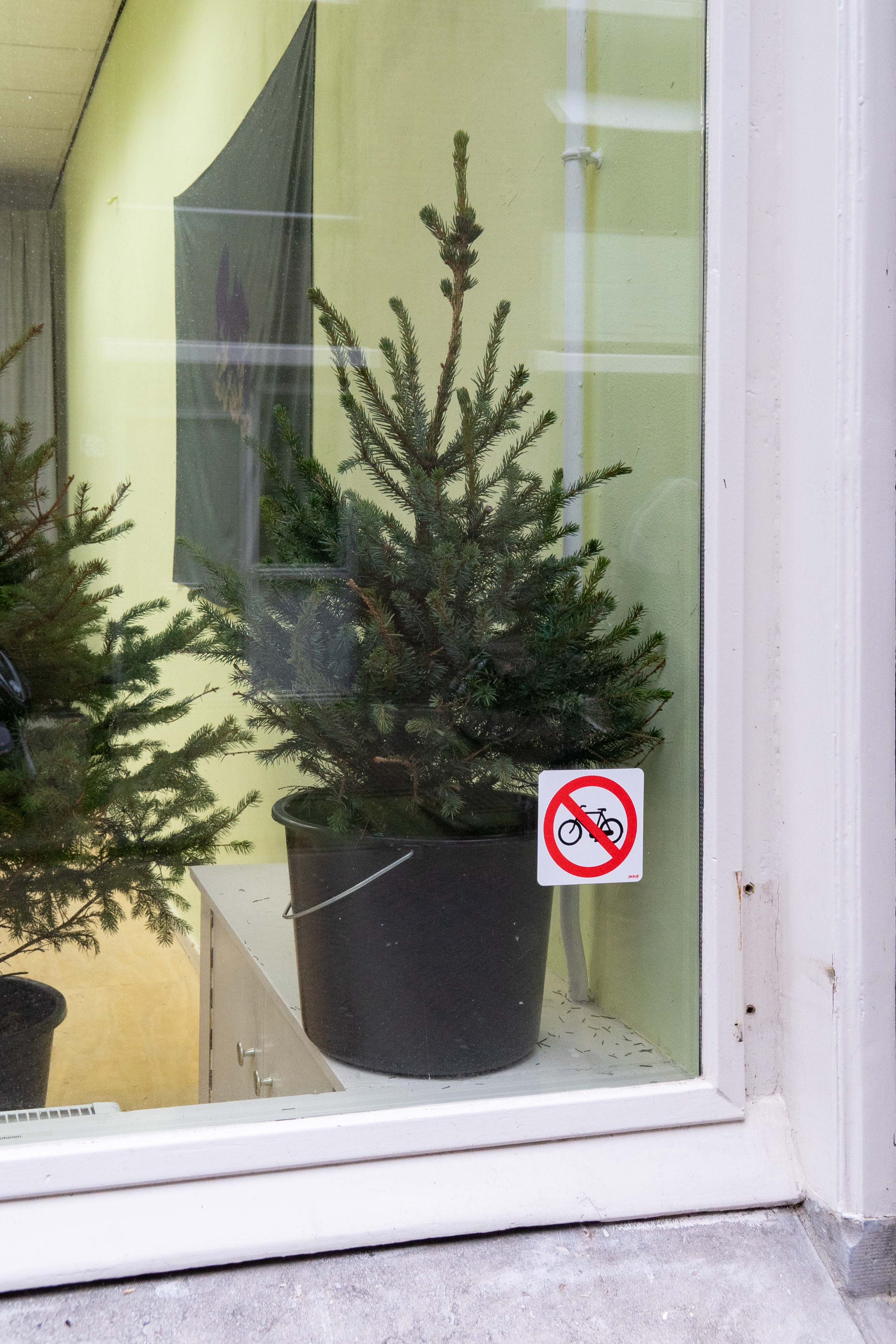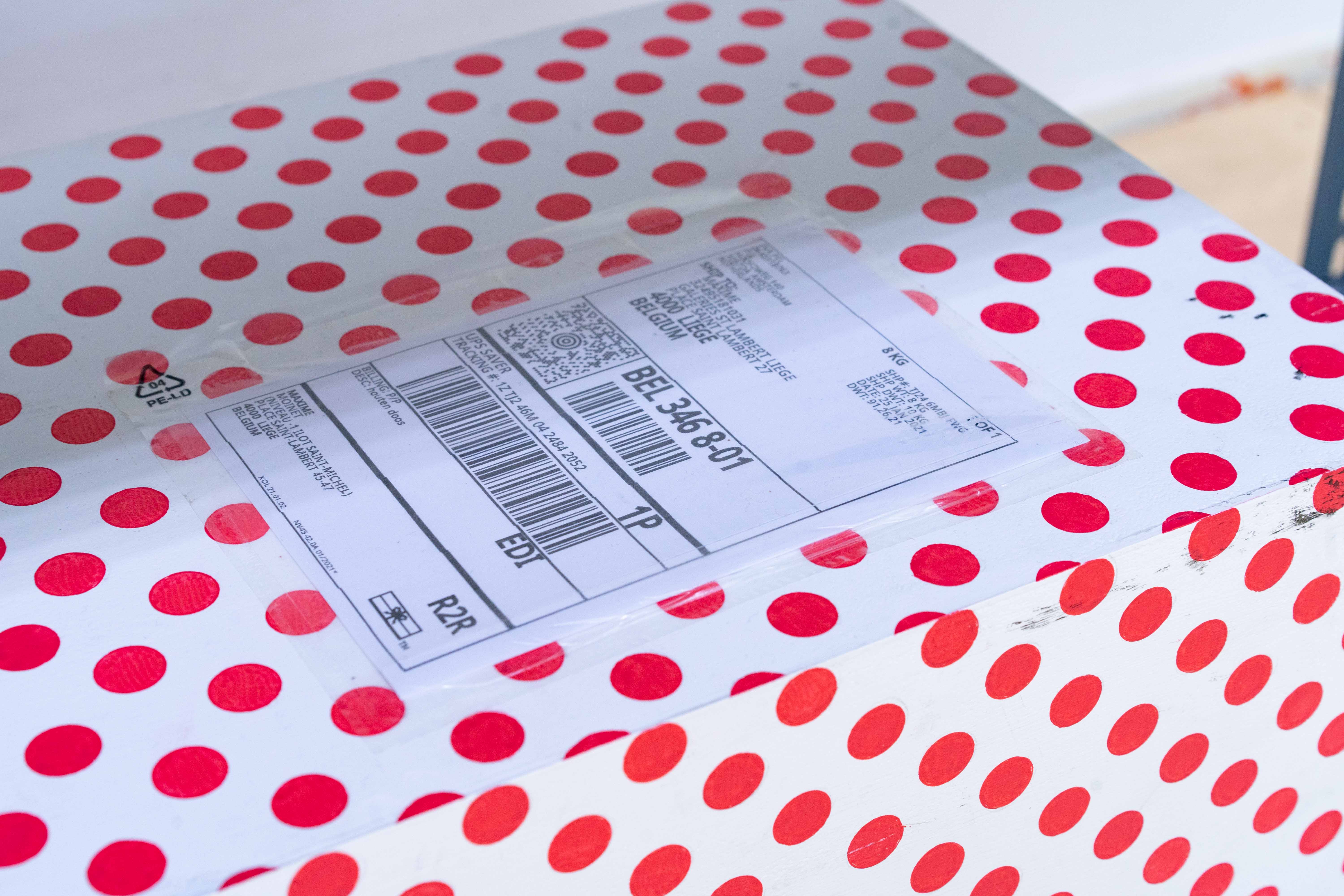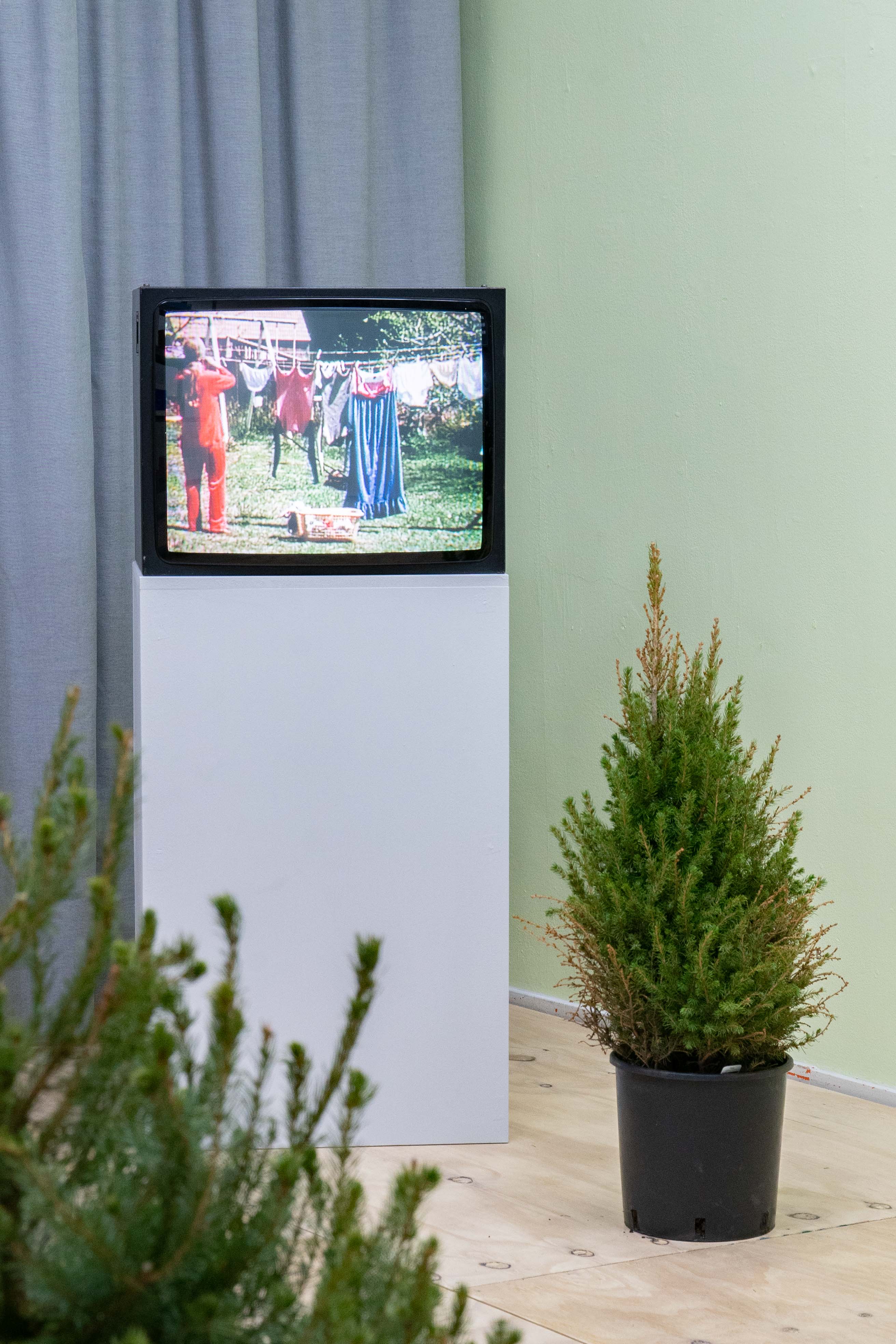Chapter one :
Parasites of the Imaginary
DEC.18. – MAR.20.22
WITH WORKS BY Minsook Kang, Martha Rosler and Eva Pel.
The Balcony is glad to introduce The Promise of Ruin(s). The program, set to unfold throughout the coming year(s), tackles the concept of ruins—both as a material relic and as an intangible construction of the mind—giving space to overlapping proposals and temporalities.
Ruins surround us, from the frivolous consumption of global tourism, to the remnants of the industrial revolution. Remains define growth, our past and a possible future. From the debris of history, ruins whisper the future into our ears. The overlaps between labor and leisure are topics that run through our upcoming program and this exhibition in particular.
‘Parasites of the Imaginary’ is the first chapter of the series. It reflects on how the current economic system permeates our everyday actions in such tenacious and subtle, parasitic modalities



















Minsook Kang is an artist based in South Korea and The Netherlands. Her practice looks at how capitalism focuses on producing, selling and efficiently discarding. Consumption is all about speed and functionality, whereas Minsook’s practice is all about care, nurturing and slow paced displacement.
In her work titled The Christmas Trees Project I: The Christmas Trees Island (2016-2018), Minsook Kang undertook to save discarded Christmas trees for two years. In the process, she was wandering in search of a safe place to replant her trees, and eventually she replanted them on an undisclosed island. At The Balcony she presents ‘The Christmas Trees Project II’ (2021-ongoing). The exhibition starts with a screenshot from Google Maps of the island where the trees were transplanted in 2017.
Then, she will rescue trees that are discarded as soon as the new year starts. The Balcony will become a temporary shelter to rescue trees and, at the same time, her (in)visible everyday gestures will be actively shared with the audience. Afterwards, the trees will be moved to a new location, and a new intervention will take place in the exhibition space.
Eva Pel is an artist living and working in Amsterdam and educated as human geographer and artistic researcher. Her work shifts between political engagement and subtle mediation. She employs her interest in how social behaviour is affected and changed in our everyday life, a life that is influenced by our shared space, digital and physical. The work by Eva Pel looks into the relation between e-commerce and the rapid disappearance of small shops in city centers. The combination of large-scale shopping malls and online shopping is greatly affecting local shop owners. Houses are being demolished and inhabitants expropriated. Communal structures fall apart. Through these observations, Pel develops a series of boxes inspired by online stores such as Amazon, Bol.com, Zalando, Coolblue or Hema. The boxes, made of wood, are highly accurate hand-painted replicas. At first sight the delivery boxes look similar to disposable cardboard packages. Yet from close-up they are the product, to be kept instead of disposed.
Martha Rosler was born in Brooklyn, New York, where she lives and works. Articulated with deadpan wit, Rosler's video works investigate how socioeconomic realities and political ideologies dominate ordinary life.
In these three early Super-8 films Rosler reflects on the relationship between labor and leisure. Set in the arch-American "home movie" context of a sunny suburban yard, ‘Backyard Economy I’ and ‘Backyard Economy II’ document the mundane activities of a woman going about her domestic chores. Quietly depicting this figure in the tasks of mowing and watering the grass, hanging laundry to dry, and keeping her son company, Rosler points up the labor that allows leisure, and interrogates the "economy" that creates her role. In the film ‘Flower Fields’, Rosler creates a color field painting from the vivid flower-growing fields along Highway 5 in California, which provide a living for the many, most undocumented, workers in the area.

Members of the initiative sustain the program on a voluntary basis, and your support is appreciated. Arthur & Valentino warmly thank the artists for making this exhibition possible, Electronic Arts Intermix (EAI) for their support, Stefan Bandalac (SBAE) for the technical partnership as well as graphic designers Pavlo Radich and Julia Waraksa from STAATSDUET.
